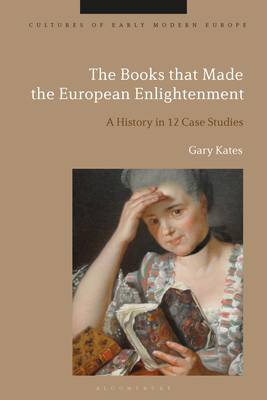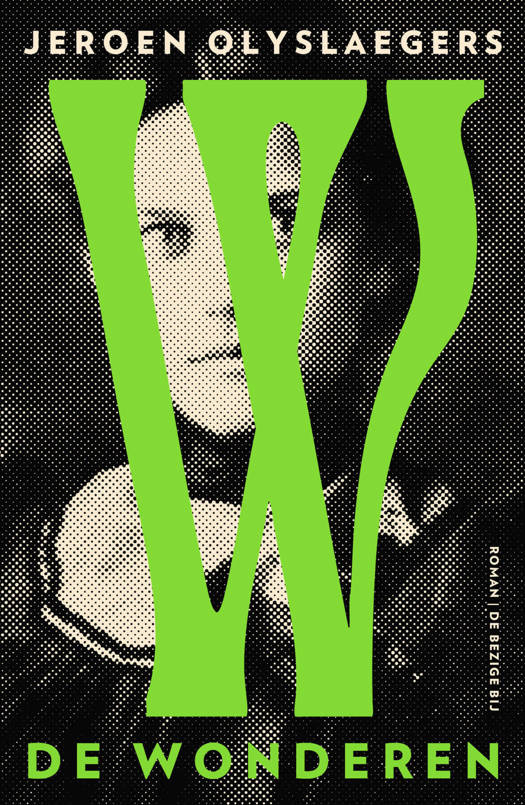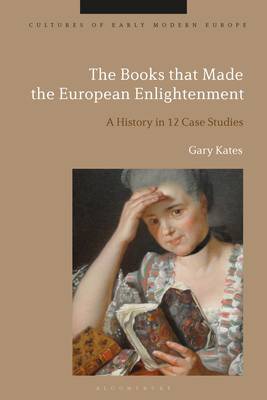
- Afhalen na 1 uur in een winkel met voorraad
- Gratis thuislevering in België vanaf € 30
- Ruim aanbod met 7 miljoen producten
- Afhalen na 1 uur in een winkel met voorraad
- Gratis thuislevering in België vanaf € 30
- Ruim aanbod met 7 miljoen producten
Zoeken
€ 186,95
+ 373 punten
Uitvoering
Omschrijving
In contrast to traditional Enlightenment studies that focus solely on authors and ideas, Gary Kates' employs a literary lens to offer a wholly original history of the period in Europe from 1699 to 1780. Each chapter is a biography of a book which tells the story of the text from its inception through to the revolutionary era, with wider aspects of the Enlightenment era being revealed through the narrative of the book's publication and reception. Here, Kates joins new approaches to book history with more traditional intellectual history by treating authors, publishers, and readers in a balanced fashion throughout.
Using a unique database of 18th-century editions representing 5,000 titles, the book looks at the multifaceted significance of bestsellers from the time. It analyses key works by Voltaire, Adam Smith, Madame de Graffigny, Jean-Jacques Rousseau and David Hume and champions the importance of a crucial innovation of the age: the rise of the 'erudite blockbuster', which for the first time in European history, helped to popularize political theory among a large portion of the middling classes. Kates also highlights how, when, and why some of these books were read in the European colonies, as well as incorporating the responses of both ordinary men and women as part of the reception histories that are so integral to the volume.
Using a unique database of 18th-century editions representing 5,000 titles, the book looks at the multifaceted significance of bestsellers from the time. It analyses key works by Voltaire, Adam Smith, Madame de Graffigny, Jean-Jacques Rousseau and David Hume and champions the importance of a crucial innovation of the age: the rise of the 'erudite blockbuster', which for the first time in European history, helped to popularize political theory among a large portion of the middling classes. Kates also highlights how, when, and why some of these books were read in the European colonies, as well as incorporating the responses of both ordinary men and women as part of the reception histories that are so integral to the volume.
Specificaties
Betrokkenen
- Auteur(s):
- Uitgeverij:
Inhoud
- Aantal bladzijden:
- 456
- Taal:
- Engels
- Reeks:
Eigenschappen
- Productcode (EAN):
- 9781350277649
- Verschijningsdatum:
- 8/09/2022
- Uitvoering:
- Hardcover
- Formaat:
- Genaaid
- Afmetingen:
- 156 mm x 234 mm
- Gewicht:
- 807 g

Alleen bij Standaard Boekhandel
+ 373 punten op je klantenkaart van Standaard Boekhandel
Beoordelingen
We publiceren alleen reviews die voldoen aan de voorwaarden voor reviews. Bekijk onze voorwaarden voor reviews.








